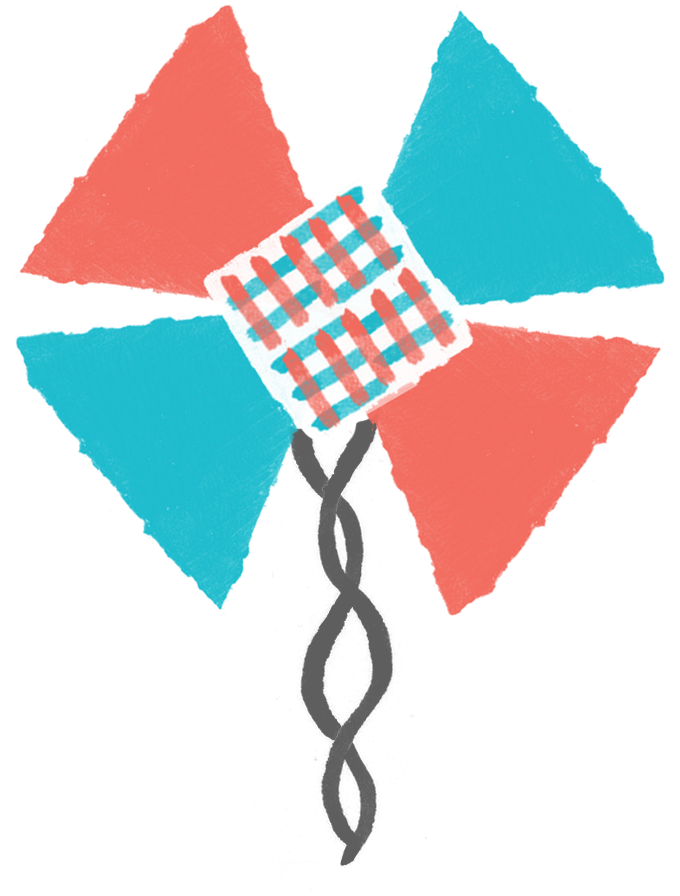In-Clinic In Vitro Fertilization (IVF)
)In latin in-vitro means “in glass” while in-vivo means “in the body.” In-vitro fertilization (IVF) is a comprehensive term that describes reproductive technology which allows for fertilization outside of the body. IVF typically involves 5 stages: preparation and priming, stimulation and monitoring, egg retrieval and fertilization, recovery +/- embryo transfer, and pregnancy testing.

Preparation
Depending on your unique care plan, preparing for IVF takes a variable amount of time per person. Patients need to emotionally, socially, and physically prepare to start stimulation. Some protocols require medications during preparation (priming) and some patients may choose to optimize or adjust their lifestyle during this time.

Ovarian Stimulation
During ovarian stimulation, patients take medications that stimulate the simultaneous production of multiple eggs in the ovaries. This often involves 2-3 injections each day, using very small needles, or a combination of oral medications and injections for approximately 9-14 days depending on the stimulation protocol. During this time, the growth of your eggs is monitored by multiple vaginal ultrasounds and hormonal blood tests.
Egg Retrieval
An egg retrieval is a minor surgical procedure under anesthesia where the eggs are retrieved from the ovaries using a long thin aspiration needle and suction. After anesthesia is given to avoid pain and discomfort, the needle is placed through the vagina under ultrasound guidance, directly into each ovary. Your doctor will collect all your eggs from both ovaries. This outpatient procedure typically takes 15-30 minutes. Patients typically do not need to stay in the hospital overnight.

Recovery
The recovery after an egg retrieval is different for everyone. Most patients experience vaginal spotting, mild cramping, bloating, and constipation for a few days after the procedure. Pain medication and over the counter stool softener/laxatives may be needed to avoid discomfort. Typically, the more eggs, the more substantial the side effects, however most patients are able to return to daily activities within 1-2 days and full activity within 2 weeks.

Fertilization
Once eggs are retrieved they can be inseminated in the lab with sperm. There are two ways that insemination occurs in the lab: conventional IVF and intracytoplasmic sperm injection (ICSI). In conventional IVF, a cluster of sperm are placed around each egg with hopes the sperm will fertilize the egg. In ICSI, the eggs are prepared by taking off the surrounding cells and a single normal appearing, motile sperm is selected and injected into each egg. In some labs, ICSI has been shown to optimize for successful fertilization. All mate clinics include ICSI in our packages and we perform ICSI on every egg to guarantee high fertilization rate.

Embryo Preparation
An egg and sperm that successfully undergo fertilization is called an embryo. Embryo(s) can be biopsied, in which a few cells removed and sent off to the genetic lab. Those embryos can then be frozen and transferred at a later date, for a delayed frozen embryo transfer or transferred without genetic testing, which is called a fresh embryo transfer. We will freeze your extra embryos a few days after retrieval. Regardless of whether a fresh embryo transfer or frozen embryo transfer is performed, remaining embryos can be kept frozen for possible future use.

Embryo Transfer
An embryo transfer is a simple procedure where one embryo (we can transfer two in unique cases with written permission) is placed gently into the uterus. Patients are asked to come to the clinic with a partially full bladder to allow the uterus to be seen on abdominal ultrasound imaging. A vaginal speculum is placed to allow for visualization of the cervix. The embryo is placed into the catheter and the catheter is guided through the cervix and into the uterus. The embryo is then gently placed into the uterus and the catheter is slowly withdrawn.

Pregnancy Test
After approximately 2 weeks, if the embryo has successfully implanted, a pregnancy test (blood or urine test of HCG) will be positive. At that point, we can determine if your IVF cycle has been successful or not. If you’re pregnant we will monitor you closely for 8 weeks until you will begin seeing your regular ObGyn again. If your cycle was unsuccessful, we can always try again. If you have additional frozen embryos, we can use one of those. On average it takes 2-3 cycles to achieve a successful pregnancy, so don’t get discouraged.
![]()
![]()
IVF services near Oklahoma City, OK
Explore the vibrant city of Oklahoma City, celebrated for its rich culture and warm community. For those seeking In Vitro Fertilization (IVF) services, look no further than Mate Fertility. Nestled in this dynamic metropolis, Mate Fertility stands out as the go-to destination for comprehensive and compassionate IVF solutions. Our dedicated team of reproductive specialists is committed to guiding you through your fertility journey, offering personalized care and cutting-edge services. Choose Mate Fertility in Oklahoma City for the expertise and support needed to embark on the path to parenthood with confidence.
IVF Services near Amarillo, TX

